Lip tattoos are an increasingly popular trend, especially among young adults and teens. Whether you want a statement lip or just some subtle shading, the idea of being able to make a permanent mark that will last indefinitely can be hard to resist. But how long exactly does a lip tattoo stay for? How much attention should you give it in order to maintain its appearance? In this blog post, we’ll examine all these questions about lip tattoos while exploring the history of their development and various ways they can be used as part of your beauty routine. So keep reading if you’re interested in learning more about this fascinating form of body art!
Significance of Lip Tattoos
Lip tattoos, much like other forms of body art, have deep roots in history, with evidence of their existence dating back to ancient civilizations. In certain cultures, they represented a rite of passage or served as an indicator of social status. [1] Today, they have evolved into a fashion trend, a form of self-expression that lets individuals make a unique statement.
The longevity of lip tattoos, however, is a subject of much debate. Generally, lip tattoos do not have the same permanence as tattoos in other parts of the body. This is largely due to the fact that the skin on the lips regenerates at a faster rate, leading to faster fading of the tattoo. Most lip tattoos will start to fade within a year or two, depending on factors such as your lifestyle and the skill of the tattoo artist.
Despite these challenges, lip tattoos continue to gain popularity due to their unique appeal. They allow individuals to experiment with their looks and express their personalities in a distinctive way. From subtle to bold designs, the possibilities are endless, offering an exciting avenue for personal expression through body art. Just remember to do your research and consult with a professional tattoo artist before making the decision to get a lip tattoo.
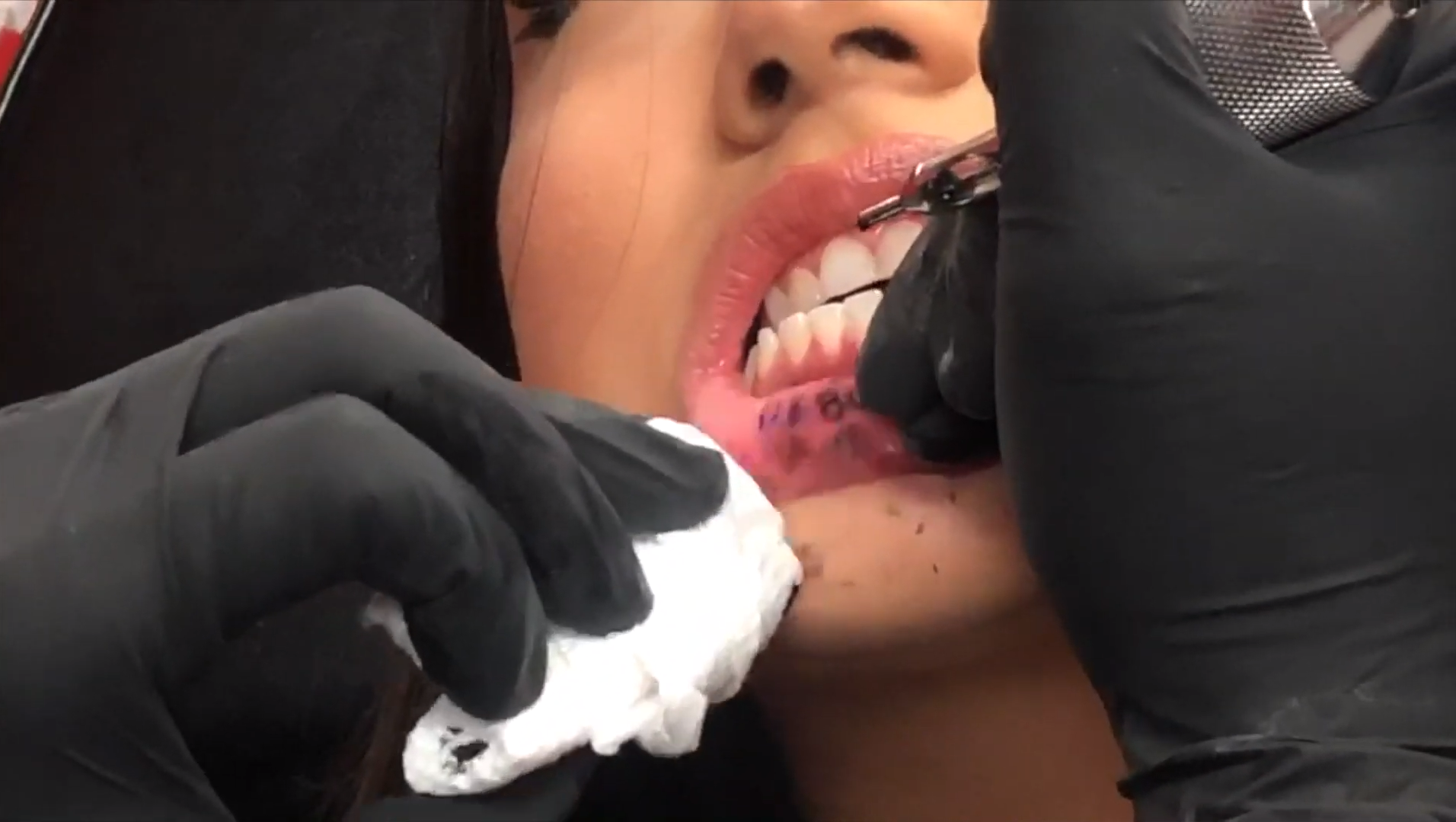
Factors Affecting Lip Tattoo Longevity
Lip tattoo longevity is influenced by a complex interplay of factors which include:
- Lifestyle: Your lifestyle choices can significantly impact the longevity of your lip tattoo. Habits such as smoking, drinking, or sun exposure can lead to faster fading of the tattoo. [2]
- Aftercare: Proper aftercare is crucial in maintaining the vibrancy and longevity of your lip tattoo. This includes things like keeping the tattoo moisturized, avoiding spicy or hot foods immediately after getting the tattoo and protecting the tattoo from sun exposure.
- Skin Type and Lip Health: Individuals with dry or chapped lips may find that their lip tattoo fades faster. This is because dry lips tend to shed skin more frequently, which can cause the tattoo to fade. Maintaining good lip health and hydration can help prolong the tattoo’s lifespan.
- Tattoo Technique: The technique used by the tattoo artist can also determine how long the tattoo lasts. An experienced artist knows how to deposit the tattoo pigment at the optimal depth to ensure it remains vibrant for as long as possible.
- Tattoo Ink Quality: Higher-quality tattoo inks tend to last longer. It’s important to ensure that your tattoo artist uses high-quality, professional tattoo inks.
- Frequency of Touch-ups: Regular touch-ups can keep your lip tattoo looking fresh and vibrant. Over time, the ink can fade due to skin regeneration, and touch-ups can help maintain its appearance.
- Individual Metabolism: Each individual’s metabolism is unique, and this can also influence the longevity of a tattoo. Those with faster metabolic rates may find that their tattoos fade more quickly.
Understanding the Nature of Lip Tattoos
To better appreciate lip tattoos, it’s crucial to understand their unique nature compared to tattoos in other parts of the body. The lips have a distinct structure and function, both of which significantly impact the tattooing process and the result. The skin on the lips is thinner and more delicate, which means the tattoo artist must exercise greater care and skill during the procedure. [3]
Moreover, lips are used frequently throughout the day – for eating, drinking, and speaking. This constant usage can accelerate the fading of the tattoo. Despite these challenges, the allure of lip tattoos lies in their distinctive nature, and their ability to make a personal statement that is both intimate and visible.
Skin Characteristics of the Lips
The skin of the lips is unique, distinguishing itself from the rest of the body due to its structure and function. Thin and delicate, the lip skin lacks the stratum corneum, the outermost layer of the skin that serves as a protective barrier. This layer is responsible for keeping harmful substances out and retaining moisture within the skin. Hence, the lips are more vulnerable to environmental elements and prone to dryness.
The absence of hair follicles and sweat glands on the lips affects the way tattoos are received and maintained. Hair follicles and sweat glands contribute to skin renewal and healing. When a tattoo is placed on areas of the skin with these structures, the healing process is facilitated. On the lips, the lack of these structures means that the healing process might be slower, and the tattoo may fade more quickly.
Finally, the rich blood supply in the lips can also affect the longevity of the tattoo. Blood flow plays a significant role in the healing process post-tattooing, but it can also lead to the dispersal of the tattoo ink, causing the tattoo to fade faster.
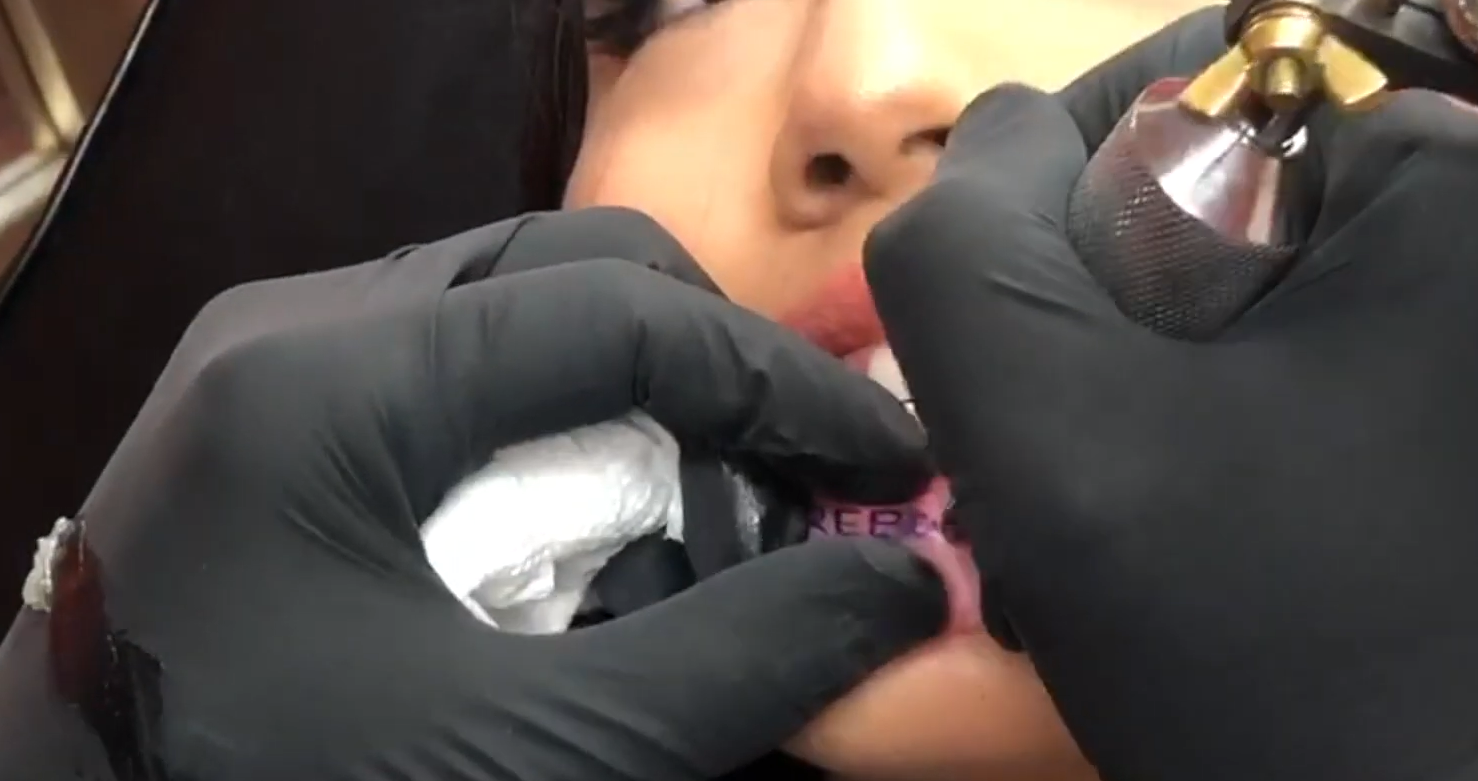
Challenges Faced by Lip Tattoos
- Fading and Longevity: Given the constant cell renewal and the regular use of lips for eating, drinking, and speaking, lip tattoos tend to fade more quickly than tattoos on other parts of the body. This means that they require regular touch-ups to maintain their appearance.
- Pain and Discomfort: Tattooing the lips can be more painful than other body parts due to the sensitivity of the area. The healing process can also be uncomfortable, with swelling and tenderness being common post-tattoo symptoms.
- Infection Risk: The mouth contains a high number of bacteria, so there is a higher risk of infection when getting a lip tattoo. Proper aftercare is crucial to prevent this.
- Limited Design Options: Due to the small surface area and the delicate nature of the lip skin, there may be limited design options for lip tattoos.
- Difficulty in Aftercare: The aftercare for lip tattoos can be more challenging than for other tattoos. It involves avoiding certain foods and drinks, and keeping the tattoo clean can be tricky given its location.
- Rejection of Ink: Sometimes, the body may reject the tattoo ink, causing the tattoo to fade considerably or even disappear.
- Allergic Reactions: Some people might experience an allergic reaction to the tattoo ink, which can cause discomfort and complications.
Understanding these challenges can help you make a more informed decision about whether to get a lip tattoo. If you choose to proceed, it’s crucial to find an experienced tattoo artist who can minimize these risks and provide clear guidance on aftercare.
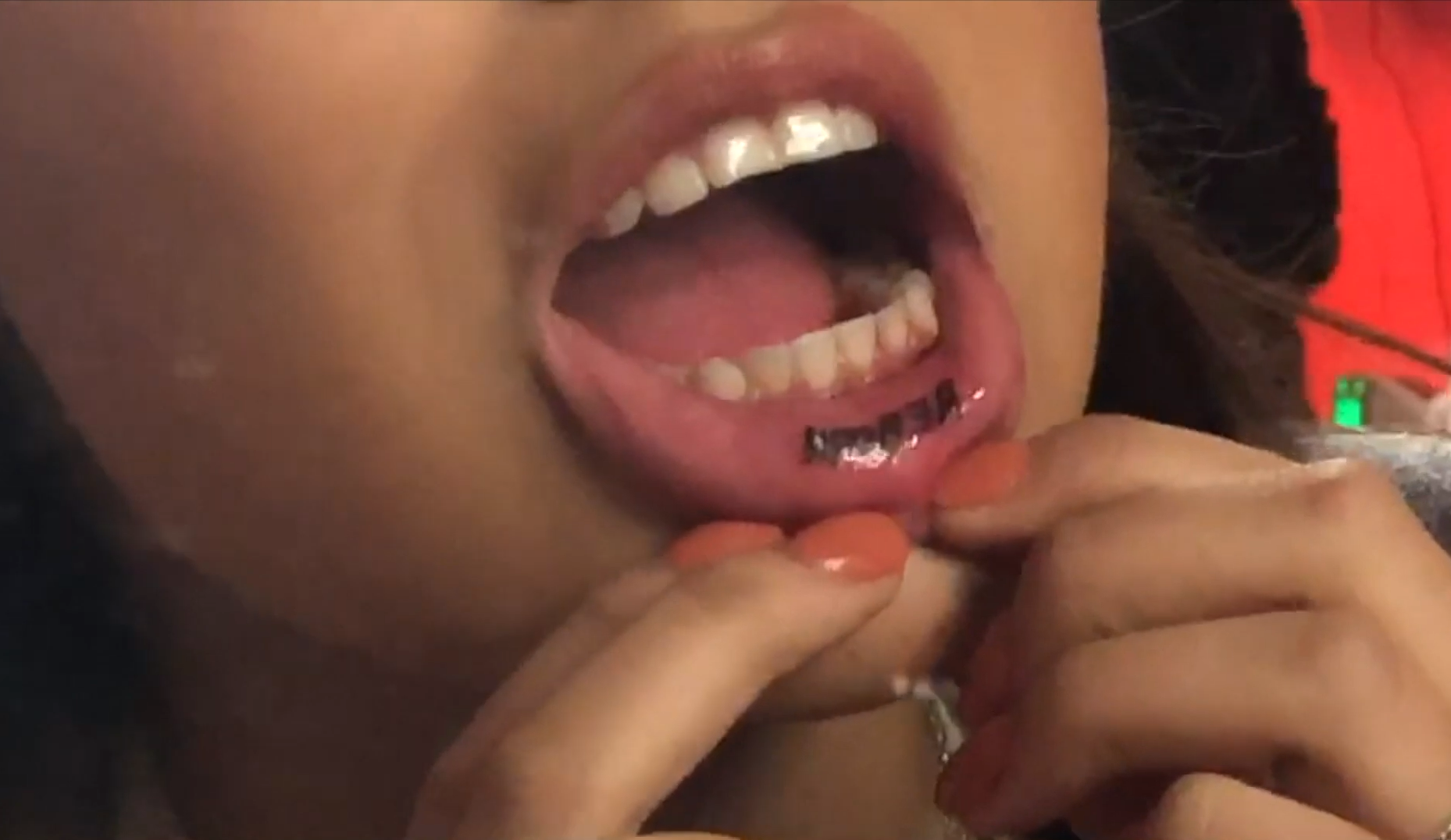
Common Reasons for Lip Tattoo Fading
Lip tattoos, like any other form of body art, are subject to fading over time. However, the reasons for fading are more specific to the unique characteristics of the lip area. The primary reason behind lip tattoo fading is the constant cell renewal process in the lips. The cells of the lips regenerate and shed off at a rapid rate, causing the tattoo ink to fade quicker than in other body parts.
Another key factor is the high level of usage of the lips. As we use our lips for drinking, eating, and speaking, the constant movement can accelerate the fading process of the tattoo.
The lack of hair follicles and sweat glands on the lips also contributes to the fading of lip tattoos. These structures aid in skin renewal and healing, and their absence means that the tattoo healing process on the lips may be slower, allowing more time for the tattoo to fade. Infections, if any occur after the tattooing process, and can also lead to fading as the body works to heal itself.
Lastly, the body may sometimes reject the tattoo ink due to an allergic reaction, causing the tattoo to fade significantly or even disappear. Understanding these reasons can help individuals make more informed decisions about lip tattoos and how to care for them post-tattooing.
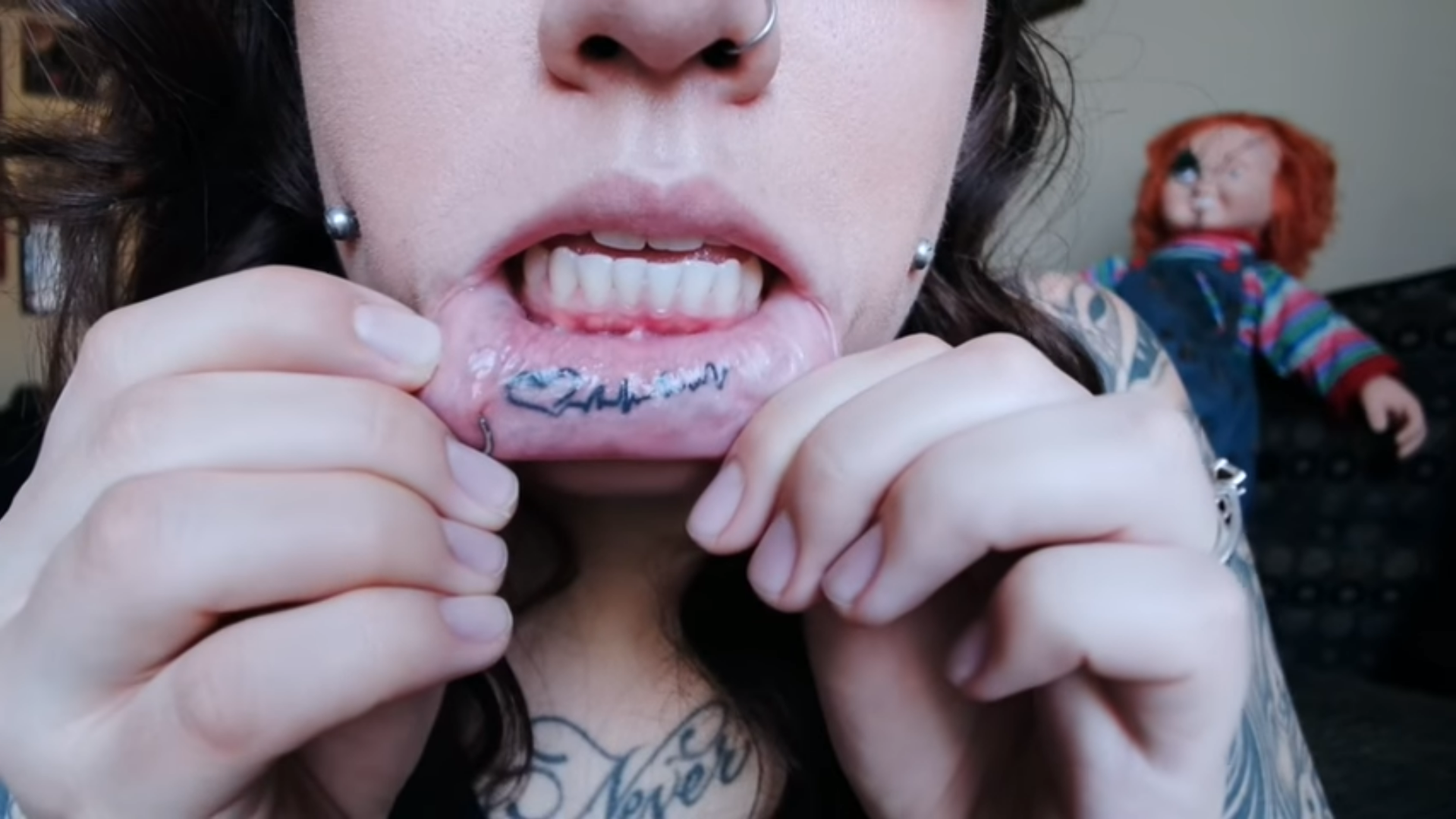
Expected Duration of Lip Tattoos
The expected duration of lip tattoos can vary considerably due to the unique characteristics of the lip skin and the individual’s lifestyle habits. On average, a lip tattoo may last anywhere between 1-5 years. [4] However, this is highly dependent on several factors. For instance, the lip’s constant cell renewal process significantly contributes to the rapid fading of the tattoo, potentially leading to a shorter lifespan. Additionally, the high usage of lips for eating, drinking, and speaking can accelerate the tattoo-fading process. Excessive sun exposure and not using lip protection can also shorten the tattoo’s life.
Moreover, the longevity of lip tattoos can be influenced by how well the body accepts the tattoo ink. In some cases, the body may reject the ink, causing the tattoo to fade rapidly or even disappear. It’s also crucial to remember that allergic reactions to the tattoo ink can lead to discomfort and complications that might affect the tattoo’s lifespan.
Maintaining Lip Tattoos
Maintaining the vibrancy and longevity of lip tattoos involves several key steps, all of which revolve around diligent care and attention to your lifestyle habits.
- Regular Touch-Ups: Regular touch-ups by an experienced tattoo artist can ensure that your lip tattoo maintains its color and clarity. This can compensate for the natural fading that occurs due to the unique cellular turnover in the lips.
- Careful Aftercare: The immediate days after getting a lip tattoo are crucial for its longevity. Avoid spicy or acidic foods that might irritate the tattoo, refrain from smoking, and keep the tattoo clean to minimize the risk of infection.
- Daily Cleaning: Regular cleaning of the tattooed area is necessary to keep it free from bacteria, thus preventing infections that could lead to premature fading.
- Use of Lip Balm: Keeping the lips moisturized with a lip balm can help protect the tattoo from the external environment, slow down the fading process, and aid in the healing process.
- Avoid Sun Exposure: Limiting direct sun exposure can prevent sun-induced fading of the tattoo. If you are out in the sun, ensure you apply a lip balm with an adequate SPF to protect the tattoo.
- Healthy Lifestyle: Maintaining a healthy lifestyle can boost your body’s healing processes, enhancing the longevity of the tattoo. This includes staying hydrated, eating a balanced diet, and getting an adequate amount of sleep.
- Regular Check-ups: Regular check-ups with your tattoo artist or dermatologist can help identify any issues early on and provide solutions to preserve the tattoo’s appearance.
Fading Patterns in Lip Tattoos
Fading patterns in lip tattoos can vary significantly depending on various factors. Traditionally, fading begins from the outermost edge, where the lips come into contact with external elements such as food and drink. This fading can also be influenced by the high cell turnover rate in the lip region, leading to the exfoliation of the skin and causing the tattoo ink to fade gradually. Moreover, the fading pattern may also be affected by the type of pigment used, with lighter shades generally fading faster than darker ones.
It’s also worth noting that certain areas of the lips, such as the inner part that remains moist, may retain the ink longer than the drier, outer edge. Additionally, the quality of aftercare plays a crucial role in the fading pattern. Without proper care and protection, the tattoo may fade unevenly, leading to a blotchy and less defined appearance. Lastly, individual lifestyle habits, such as smoking or frequent exposure to the sun, can contribute to a more rapid and uneven fading pattern. Regular touch-ups can help maintain the vibrancy and clarity of the lip tattoo, counteracting the natural fading and ensuring an even appearance over time.
Frequently Asked Questions
Do lip tattoos fade completely?
Yes, lip tattoos do tend to fade completely over time. This is primarily due to the unique characteristics of the lip skin, including its high cell turnover rate, and the constant use of lips for eating, drinking, and talking. However, with diligent care, regular touch-ups, and appropriate lifestyle habits, the vibrancy of lip tattoos can be maintained for a longer period. It’s crucial to remember that individual experiences can vary, and the rate at which a lip tattoo fades will depend on the individual’s body response, the quality of the tattoo ink, and the expertise of the tattoo artist.
How painful is a lip tattoo?
The pain of getting a lip tattoo varies greatly from person to person and is largely subjective. However, the lips are one of the most sensitive areas of the body, so many people report experiencing more discomfort during a lip tattoo process than other types of tattoos. Variables such as the specific location of the tattoo, the individual’s pain tolerance, the skill of the tattoo artist, and the duration of the tattoo process can all impact the level of discomfort experienced. Some people describe the pain as a sharp, pricking sensation while others liken it to a burning feeling. It’s strongly advised to discuss any concerns about pain with the tattoo artist prior to the procedure. There are also numbing creams available that can be used to minimize the sensation of pain during the tattoo process.
Do lip tattoos age well?
The aging process of lip tattoos varies greatly from person to person and is influenced by a multitude of factors including the type of ink used, the skill of the tattoo artist, the level of aftercare provided, and individual lifestyle habits. Over time, most lip tattoos will fade and become less defined. This fading can be more noticeable in lip tattoos when compared to tattoos on other parts of the body due to the high cell turnover rate in the lips and their frequent interaction with external elements. However, with rigorous aftercare, regular touch-ups, and a lifestyle conducive to tattoo longevity, lip tattoos can still maintain a decent appearance for several years. It’s important to have realistic expectations about the longevity of lip tattoos, considering their natural predisposition to quickly fading.
Is a permanent lip tattoo worth it?
Whether a permanent lip tattoo is worth it or not is a highly subjective matter, dependent on individual preferences, lifestyle, and tolerance for maintenance and aftercare. For some, a lip tattoo can offer an exciting and unique way to express their personality or enhance their aesthetic appeal. It can also be a convenient solution for those desiring permanently pigmented lips without the need for daily makeup application. However, it’s important to weigh these benefits against the drawbacks. These might include the potential discomfort of the tattooing process, the need for regular touch-ups due to the tattoo’s tendency to fade, and the time and effort required for diligent aftercare. Ultimately, the decision should be made after thorough research and consideration of one’s personal comfort and preferences. Consulting with a professional tattoo artist or dermatologist can also provide valuable insights to aid in making an informed decision.
Useful Video: LIP TATTOOS & Everything you should know
Conclusion
In conclusion, lip tattoos offer a unique form of self-expression, adding a distinct element to one’s aesthetic persona. The longevity of these tattoos, however, hinges on various factors, including the skill of the tattoo artist, the quality of the ink, the aftercare regimen, and individual lifestyle habits. While lip tattoos tend to fade faster than tattoos on other parts of the body, with diligent care and regular touch-ups, they can maintain their vibrancy for an extended period. The decision to get a lip tattoo should be made with thorough research and careful consideration of the associated maintenance and potential discomfort. Despite the challenges, for those who value its unique appeal and convenience, a lip tattoo can certainly be worth it.
References:
- https://impeccablenestdesign.com/tattoo-meanings/lips-tattoo-meaning/
- https://kellysdreambrows.com/blog/pmu-artist/lip-blush-yuma-az-factors-tips-aftercare
- https://www.medikaur.com/news/2020/12/10/11-fascinating-lip-facts
- https://www.pmuhub.com/lip-tattoo/how-long-do-lip-tattoos-last/


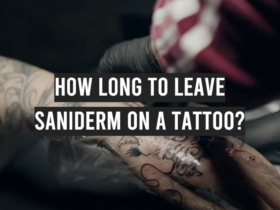
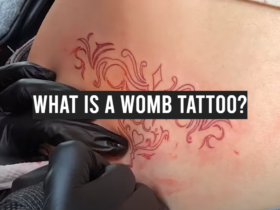

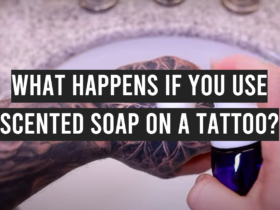
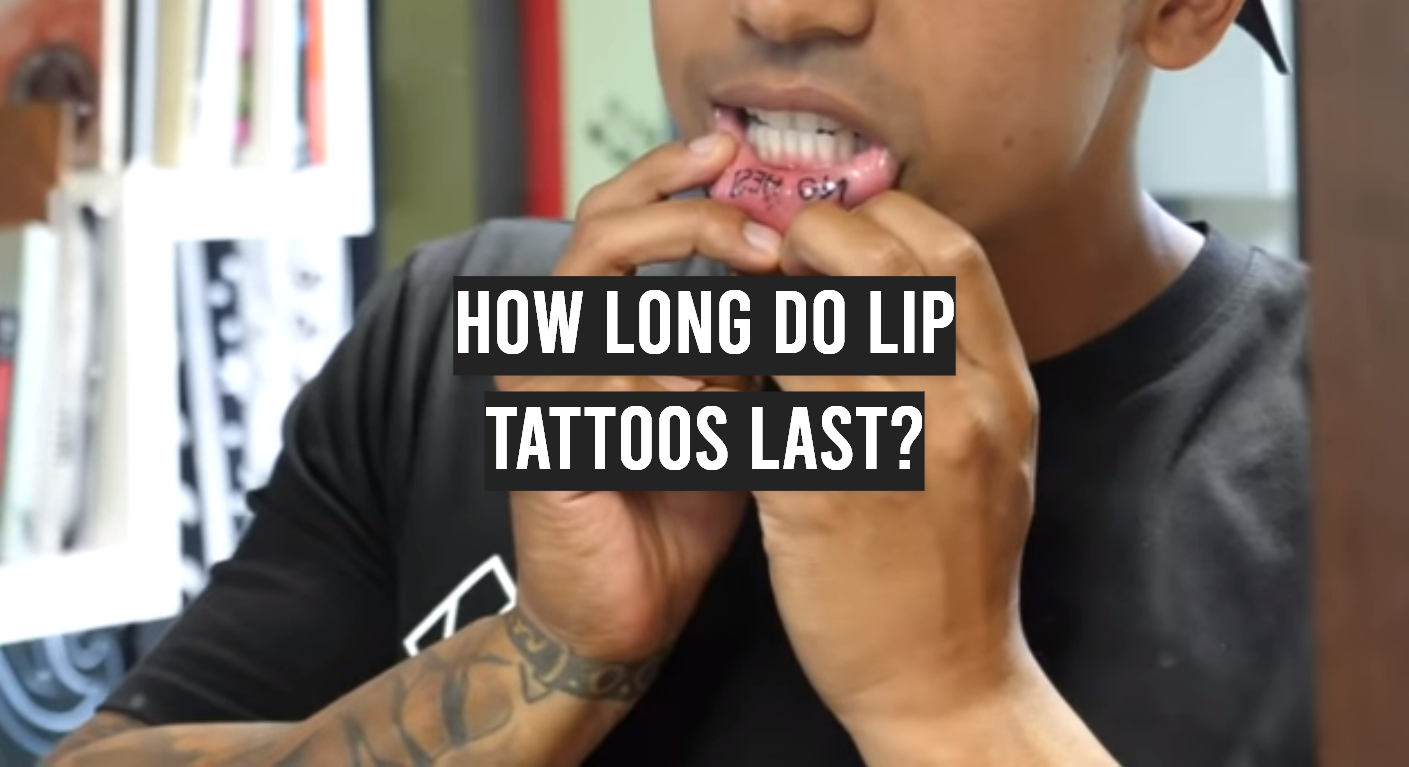
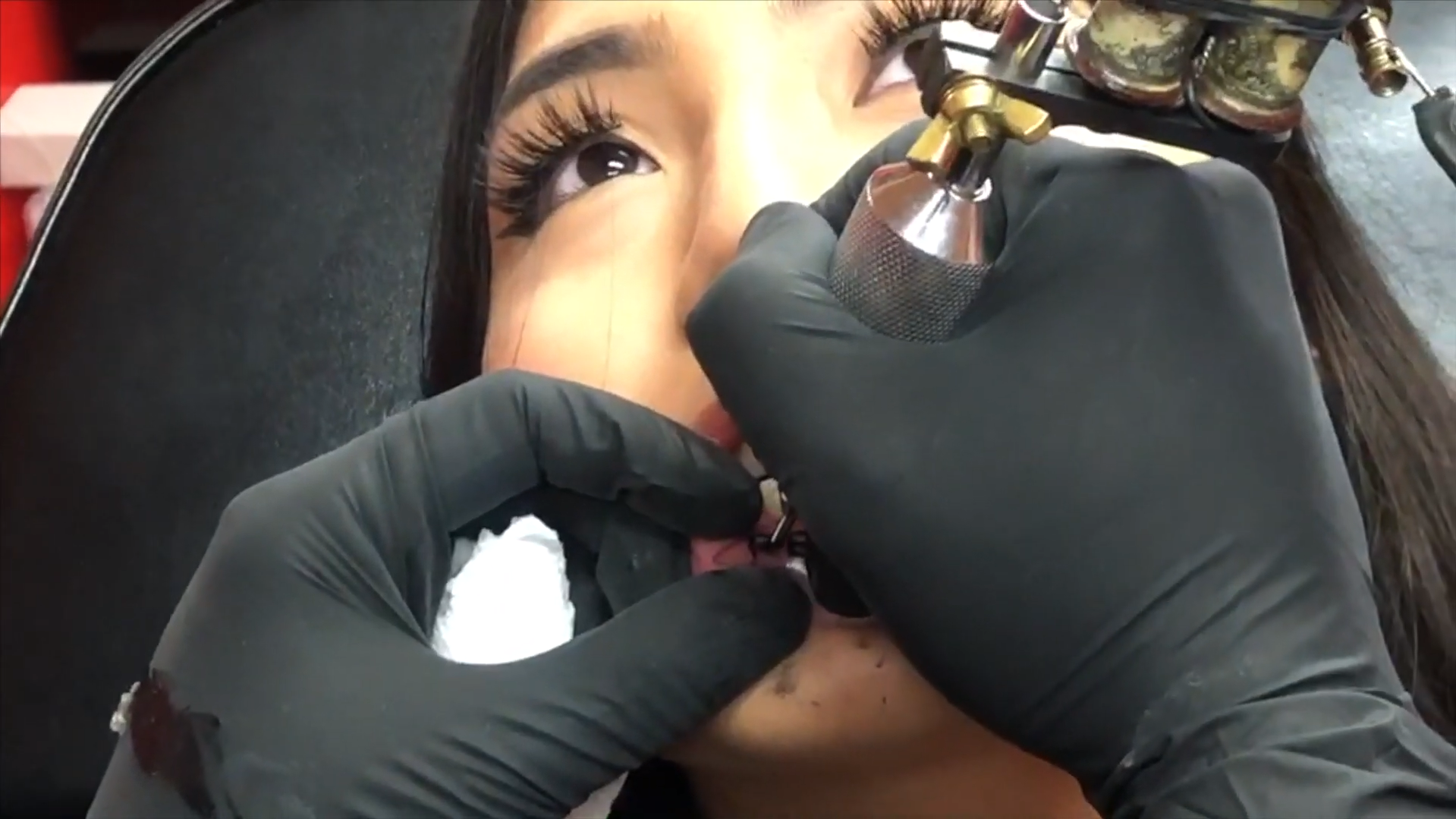
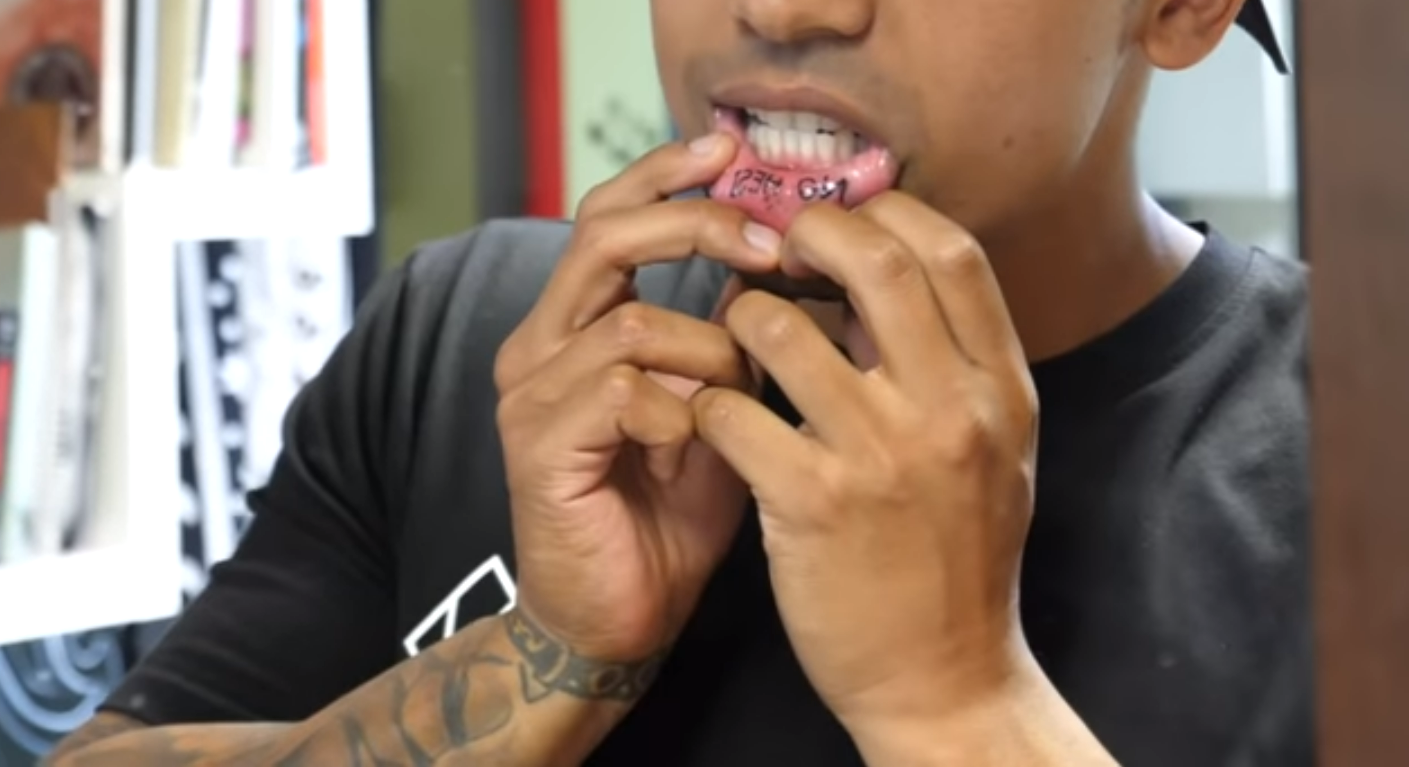

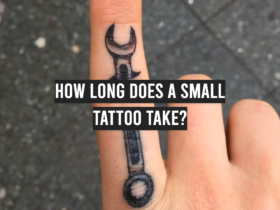
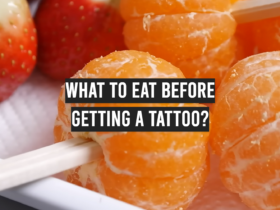

Leave a Review